You can contact LEARNZ, part of CORE Education, at:
Postal Address:
PO Box 13 678,
Christchurch 8141,
New Zealand
Photos appear here each day from the Diaries of Our Primary Industries 2017.
Other pages with photos:
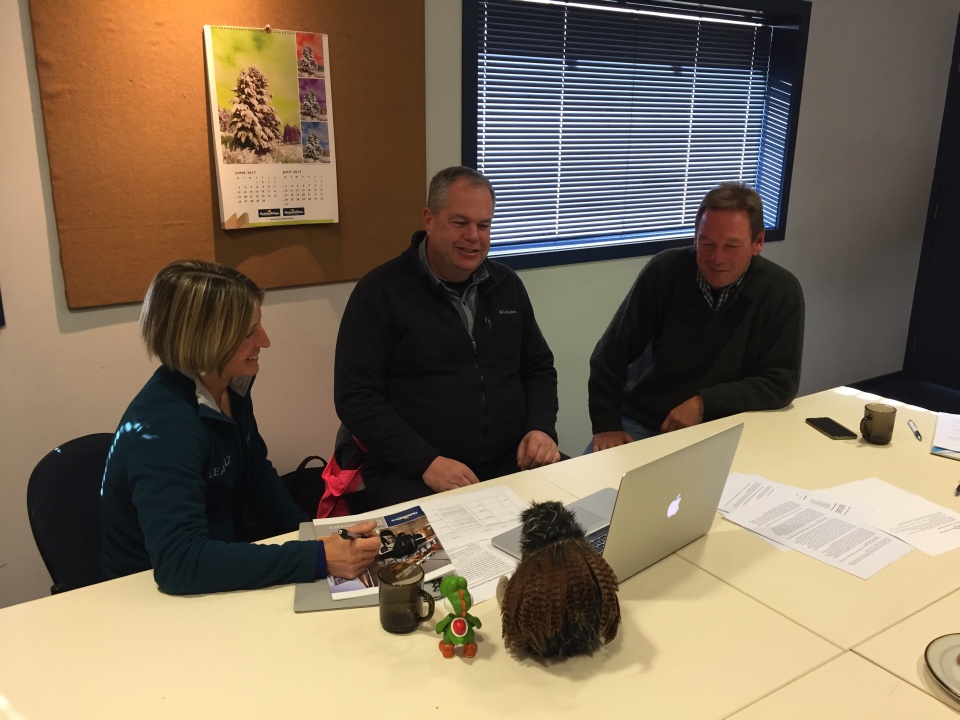
Shelley, Jason and Blair talk to Tauranga Intermediate School during the web conference. Image: LEARNZ.
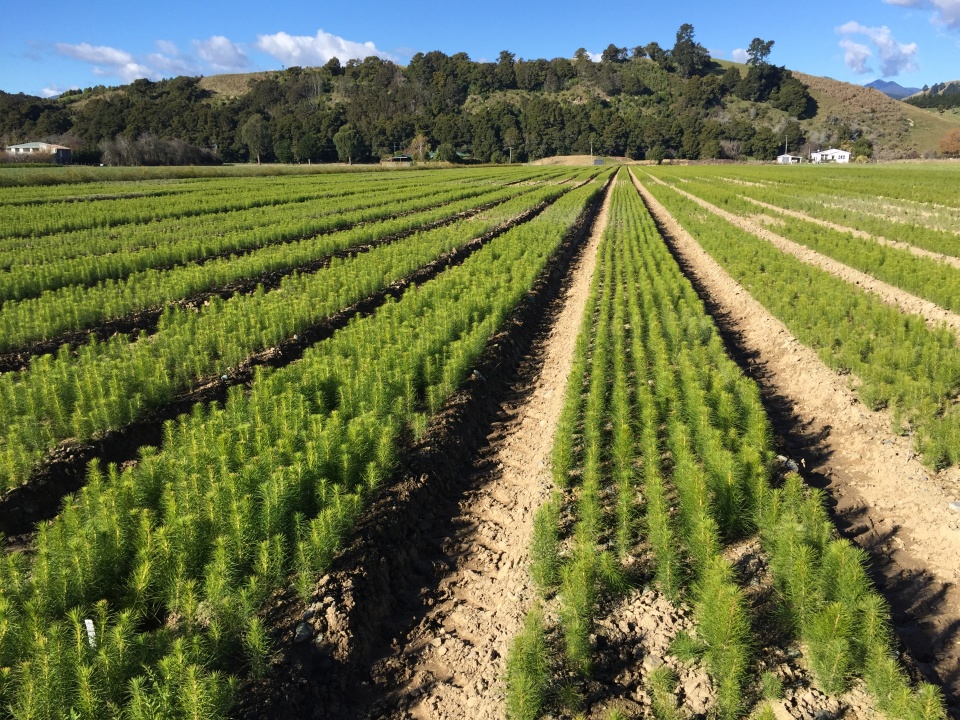
An area of a million pine tree seedlings growing near Nelson. These seedlings are just about ready to be planted out in a forest. Image: LEARNZ.
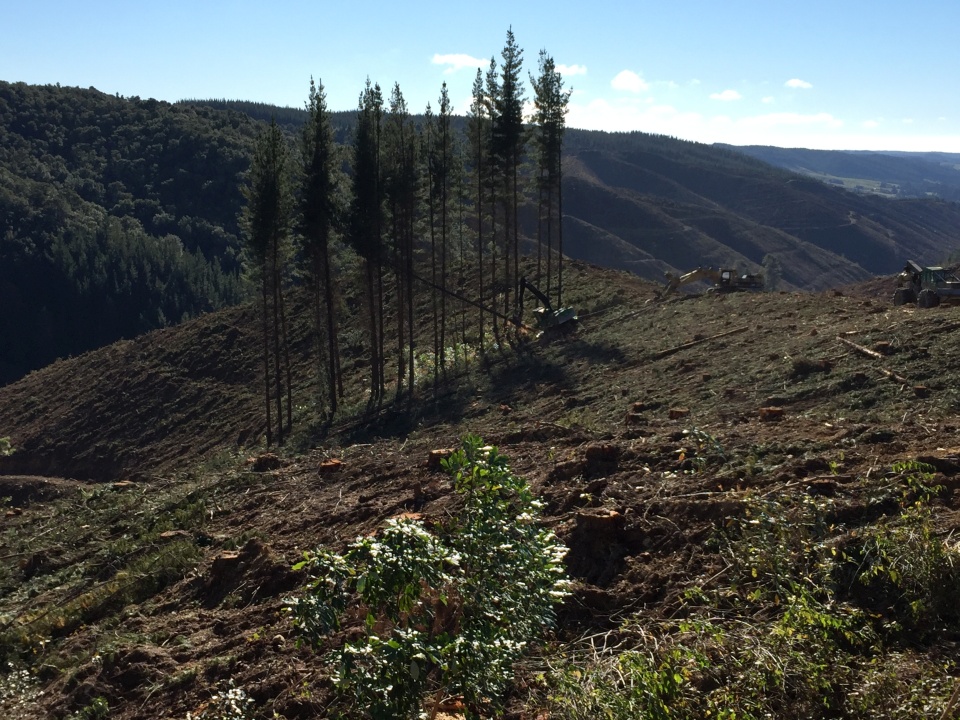
Big machinery makes short work of felling pine trees. How old do you think these trees are? Image: LEARNZ.
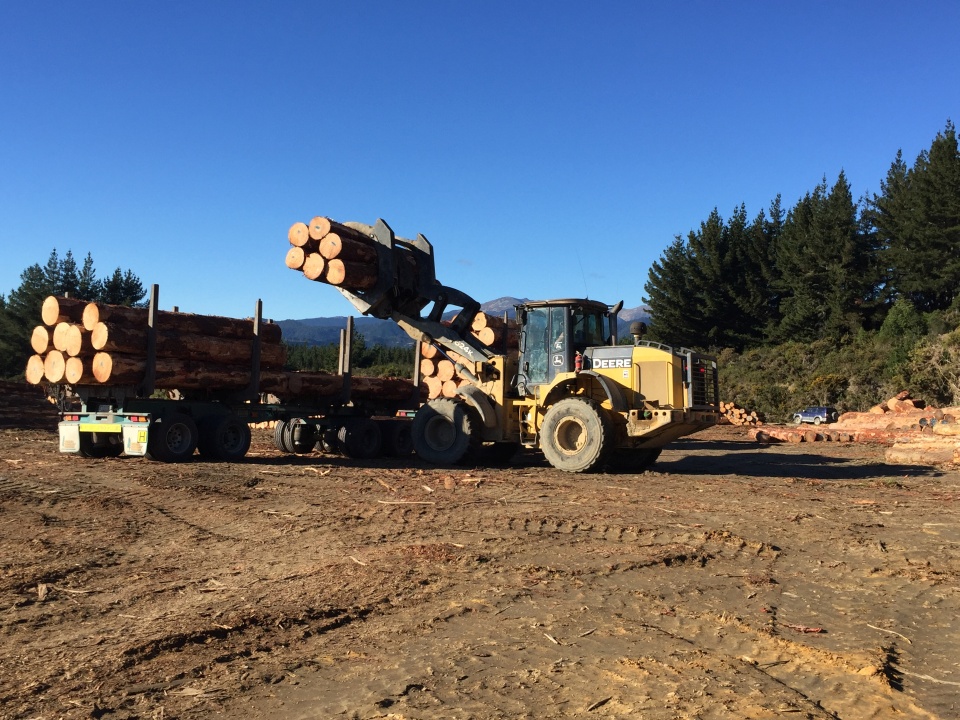
Logs are loaded on to a truck ready to take to Nelson Pine Industries. Image: LEARNZ.
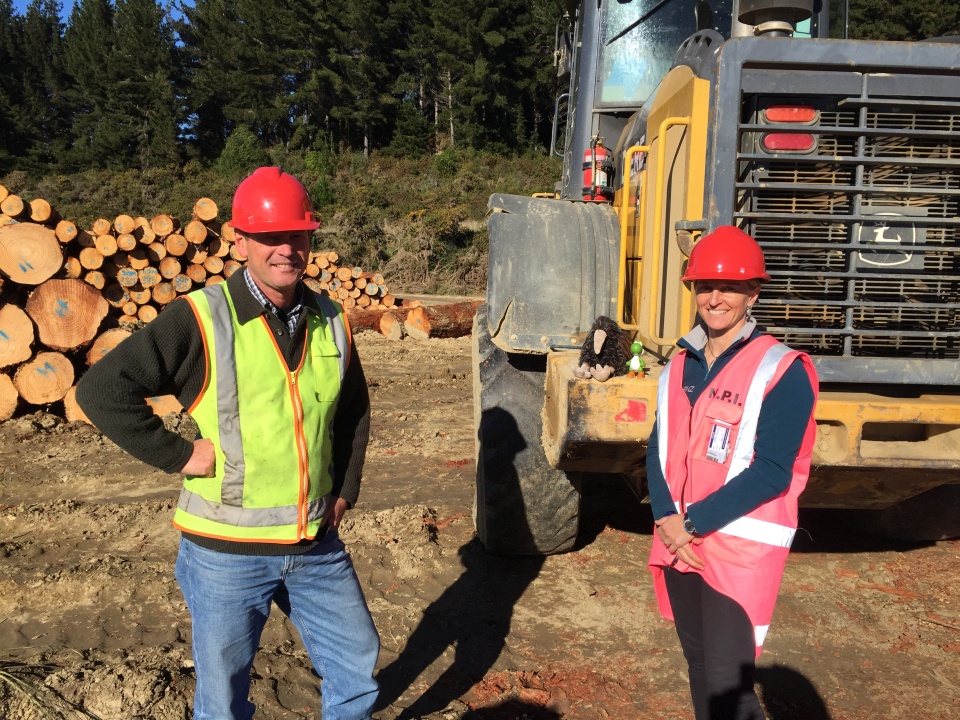
Blair talks to Shelley about how pine trees are looked after to produce the best timber possible. What problems might pine trees have and how are these overcome? Image: LEARNZ.
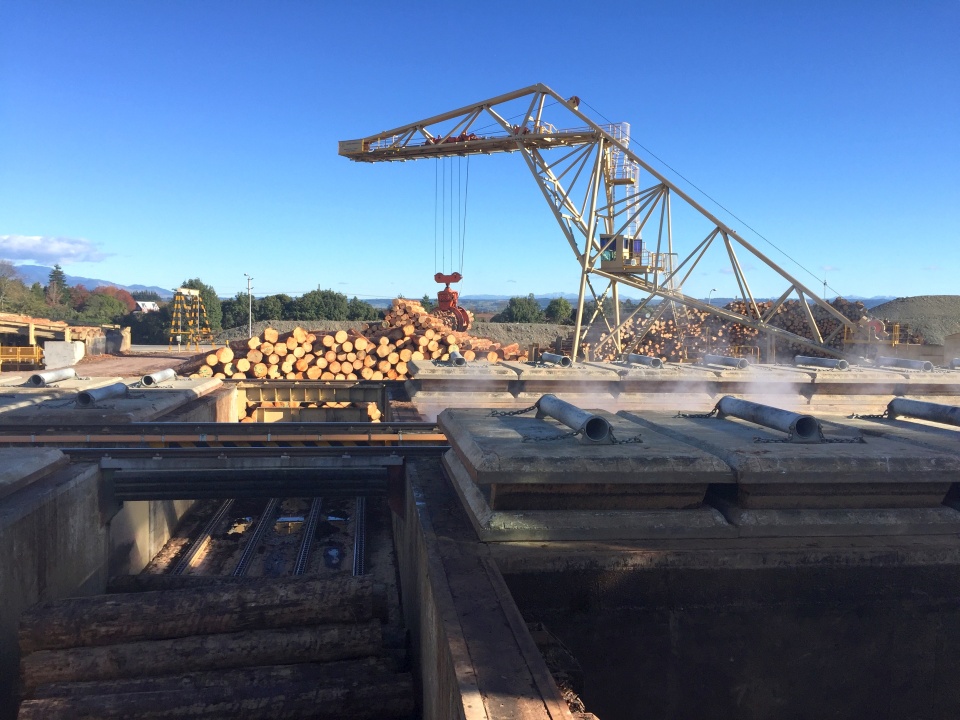
Logs are loaded into hot baths where they will sit for 24 hours so they can be peeled easily. Image: LEARNZ.
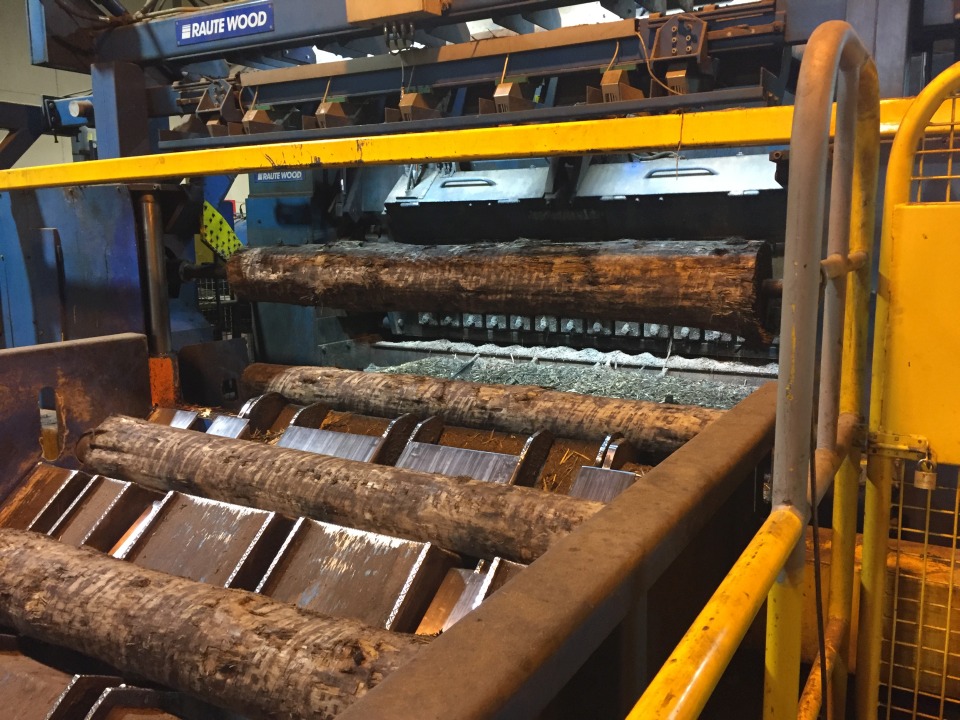
A log is scanned by a laser and positioned so that it can be peeled to create a thin veneer. Image: LEARNZ
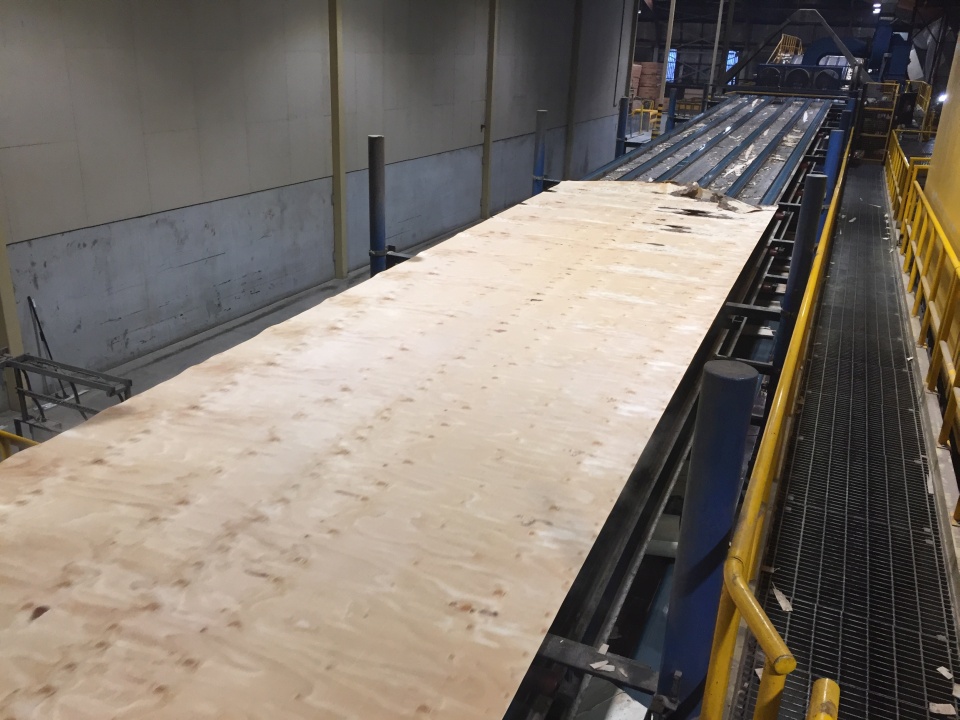
Logs are peeled to create a 3.7mm thick veneer. Image: LEARNZ.
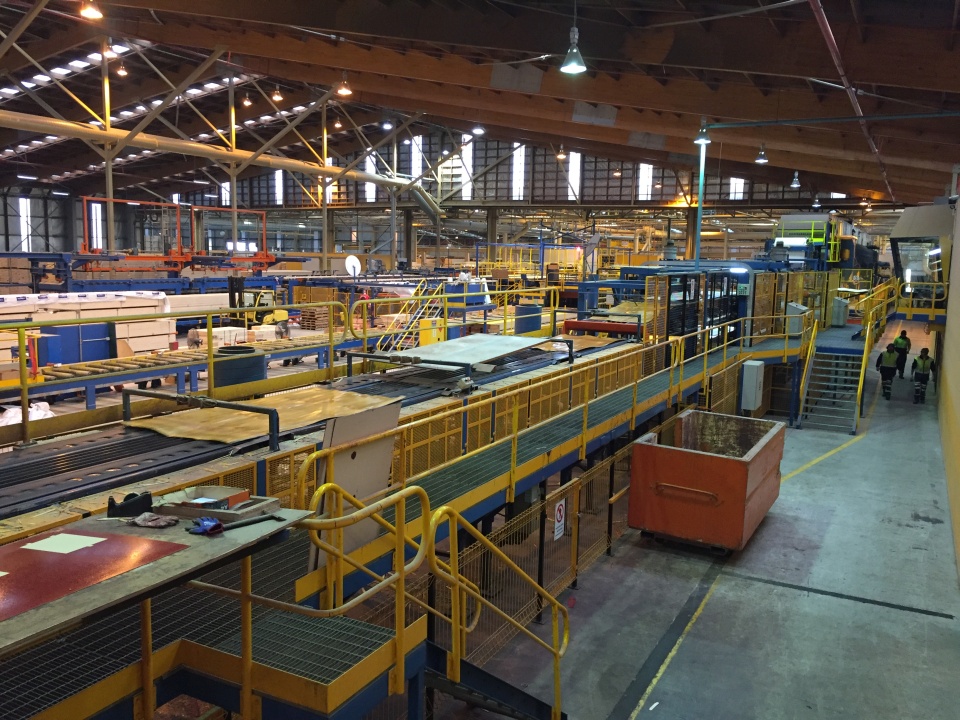
Sheets of veneer have glue applied and are stacked ready to be laminated together under heat and pressure. Image: LEARNZ.
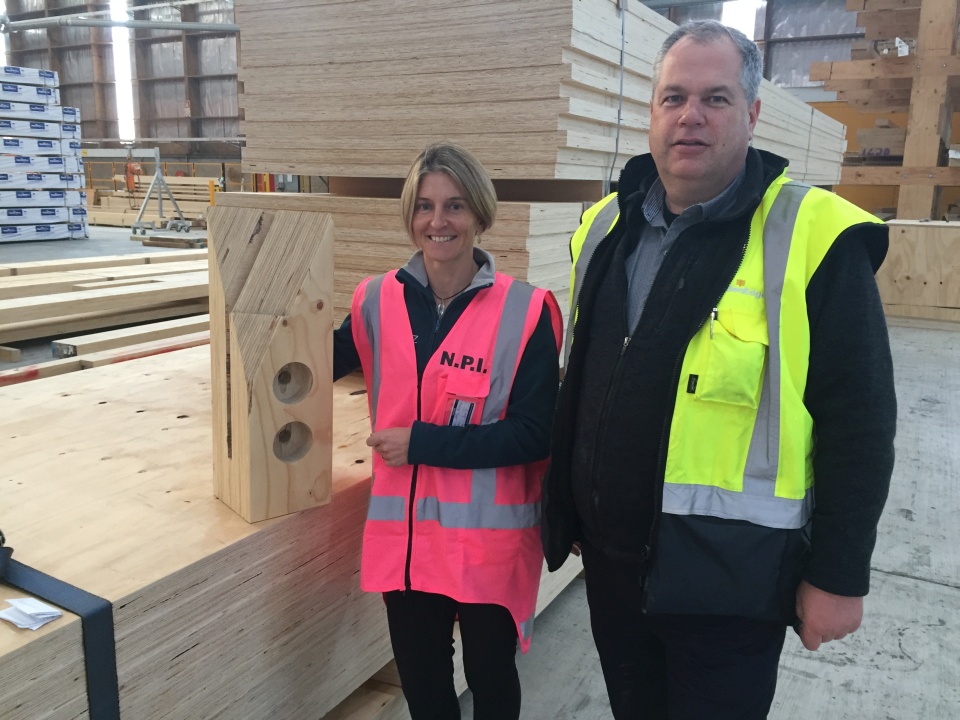
Jason shows Shelley what the finished LVL wood looks like. Image: LEARNZ.
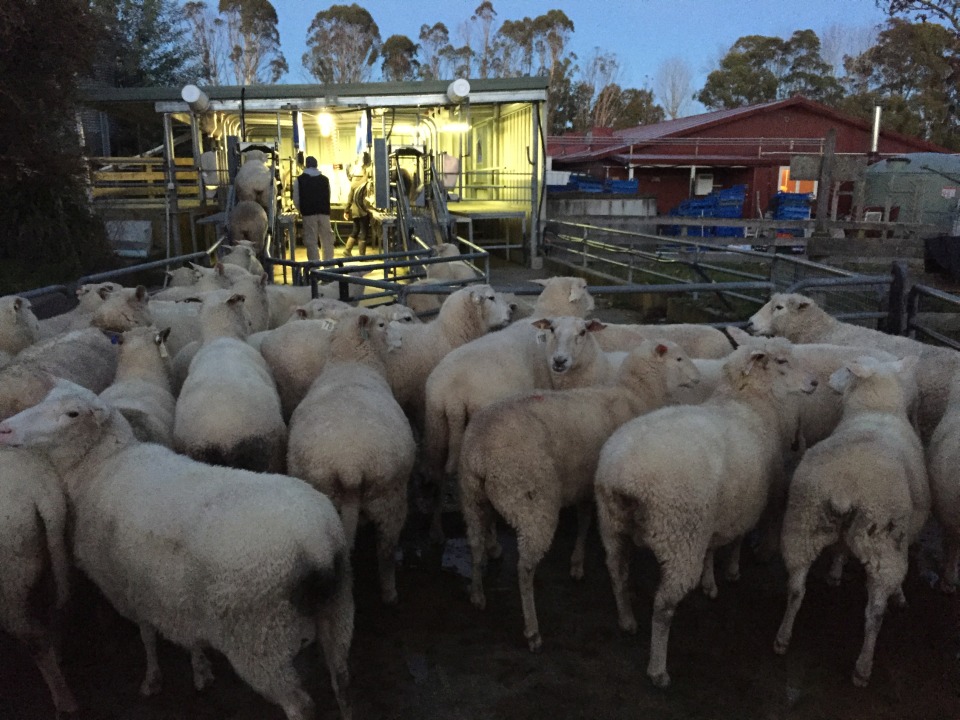
Sheep awaiting milking outside a specially designed milking shed. What differences do you think there are between this shed and a shed for dairy cows? Image: LEARNZ.
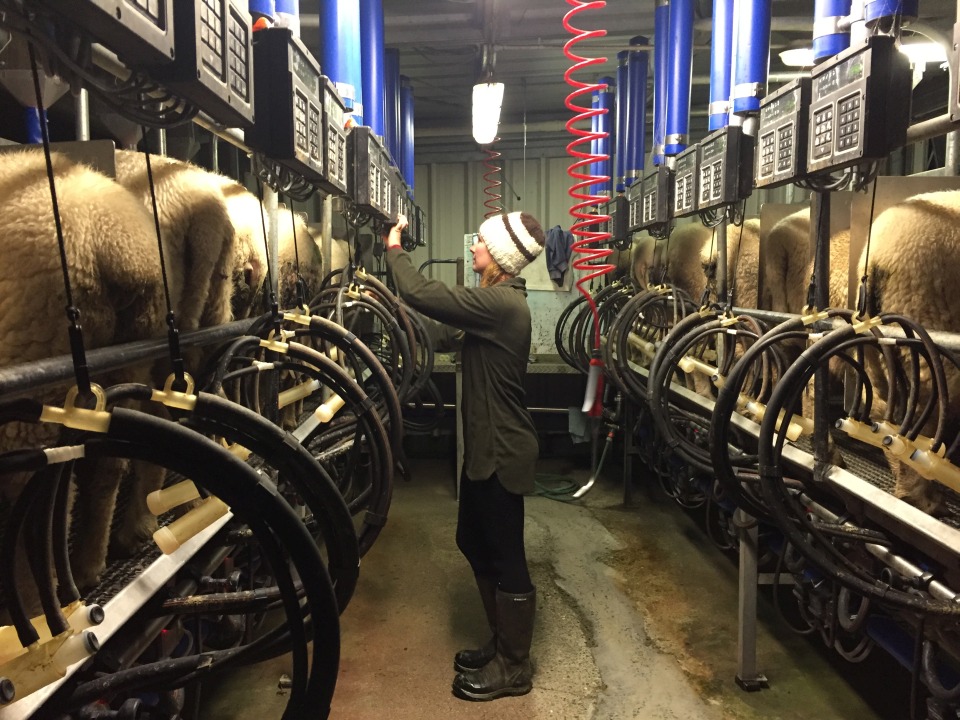
Julie milks sheep to supply milk to Thorvald where it will be made into cheese or yoghurt. Image: LEARNZ.
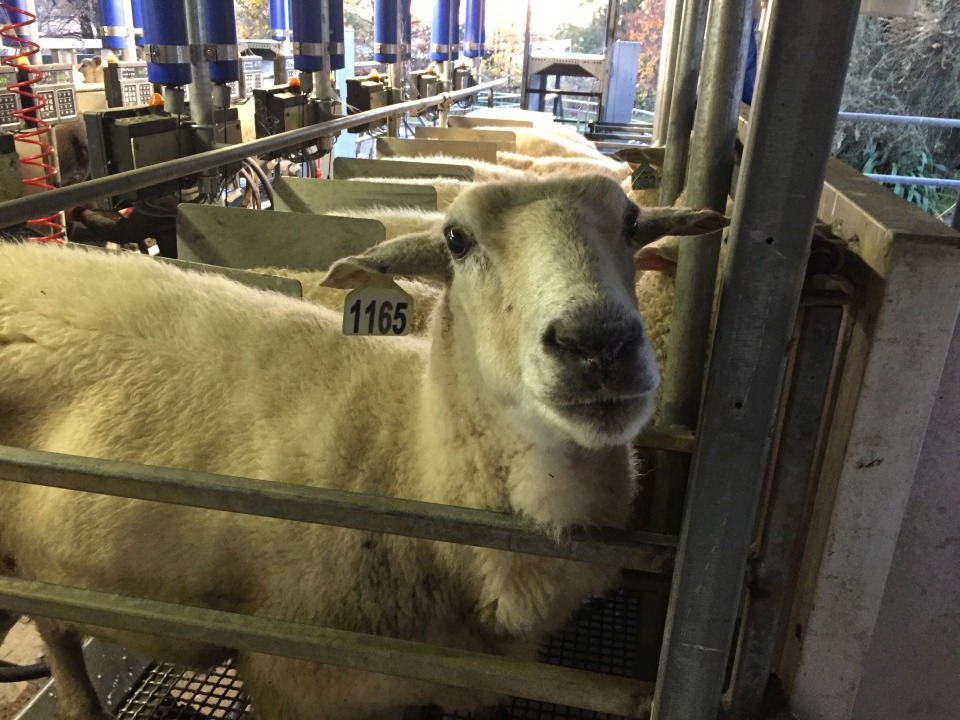
These sheep have been bred to produce lots of milk. Which sheep breeds are known for their milk production? Image: LEARNZ.
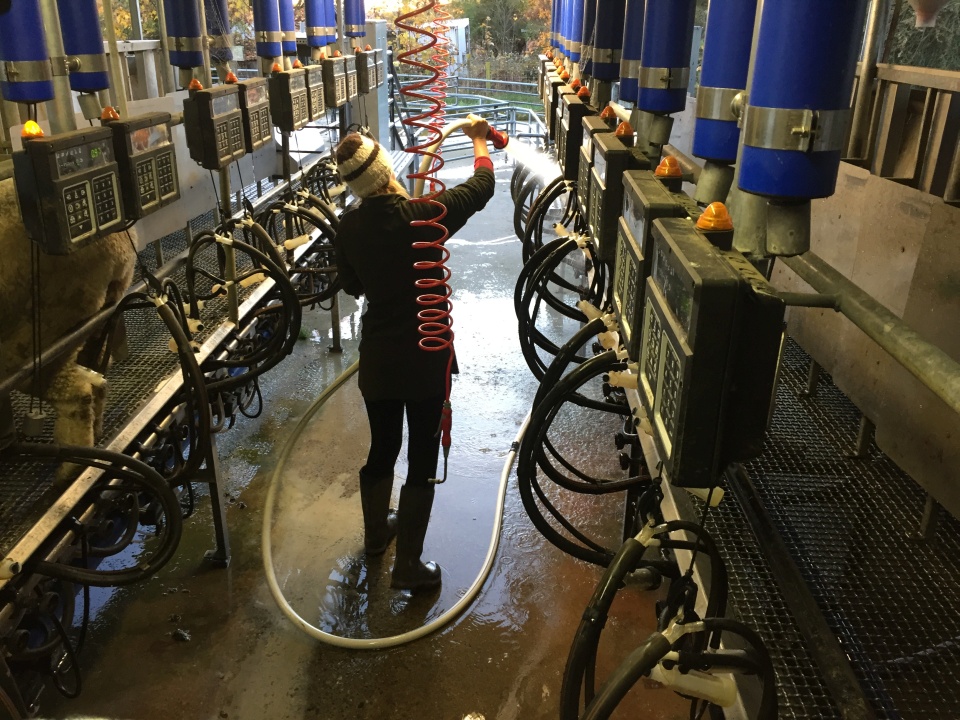
After each day's milking Julie has to clean all the milking equipment. Why do you think hygiene is so important? Image: LEARNZ

Julie, David and Shelley talk to Te One School during the web conference. Image: LEARNZ.
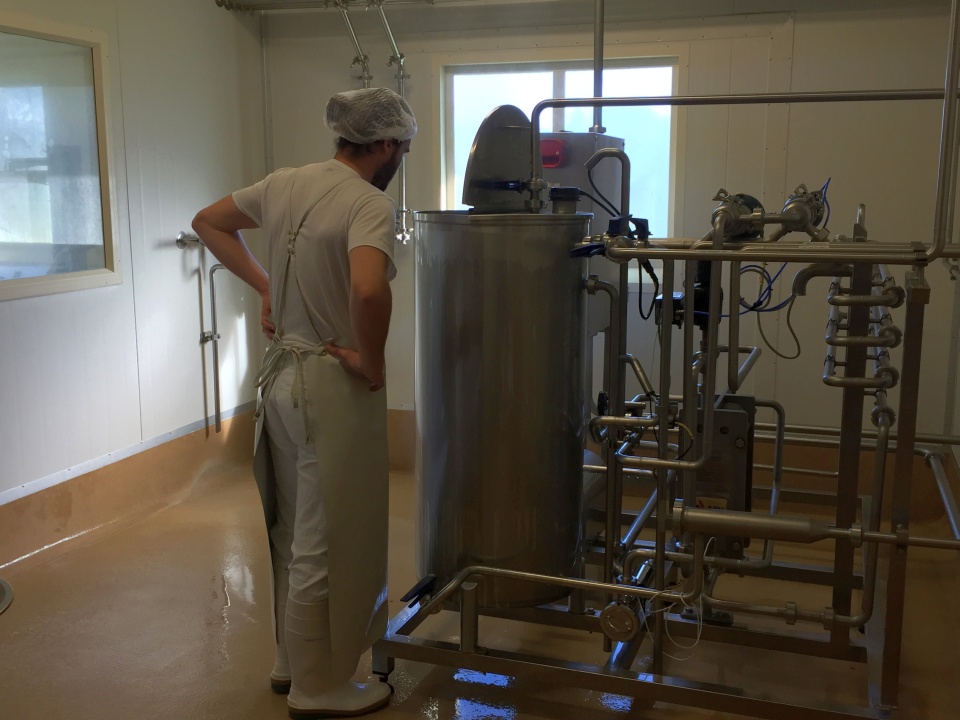
Francis heats (pasteurises) the milk to kill any harmful bacteria. Image: LEARNZ.
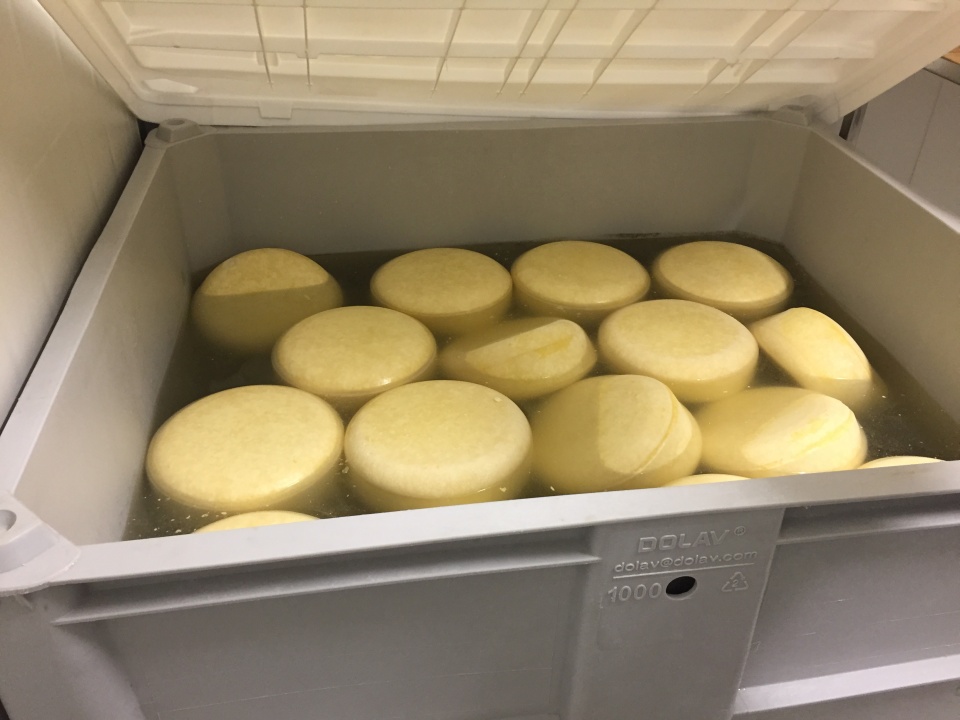
Cheese is placed in brine; this salty water preserves the cheese and adds to the flavour. Image: LEARNZ.
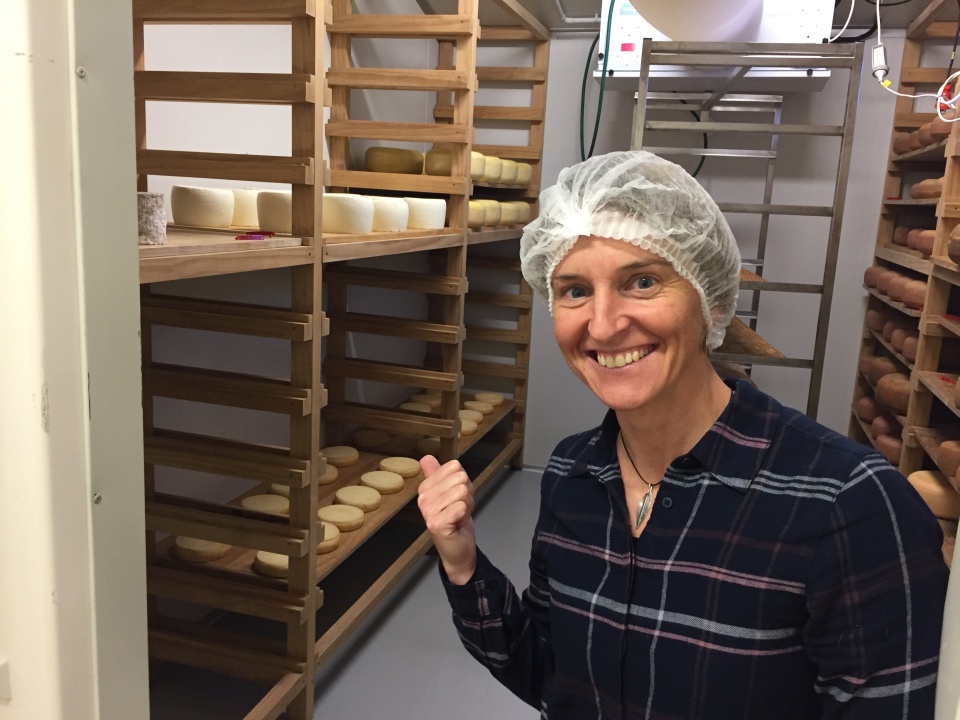
Shelley checks out some of the Thorvald cheeses. Image: LEARNZ.
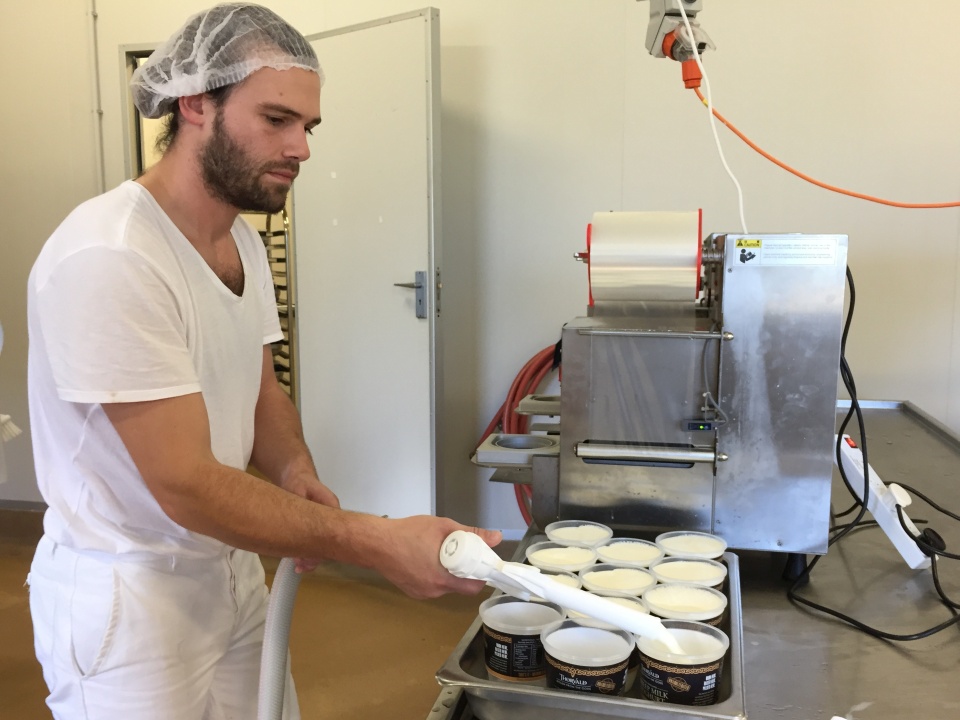
Francis pours yoghurt into containers ready to be incubated. What is yoghurt made from? Image: LEARNZ.
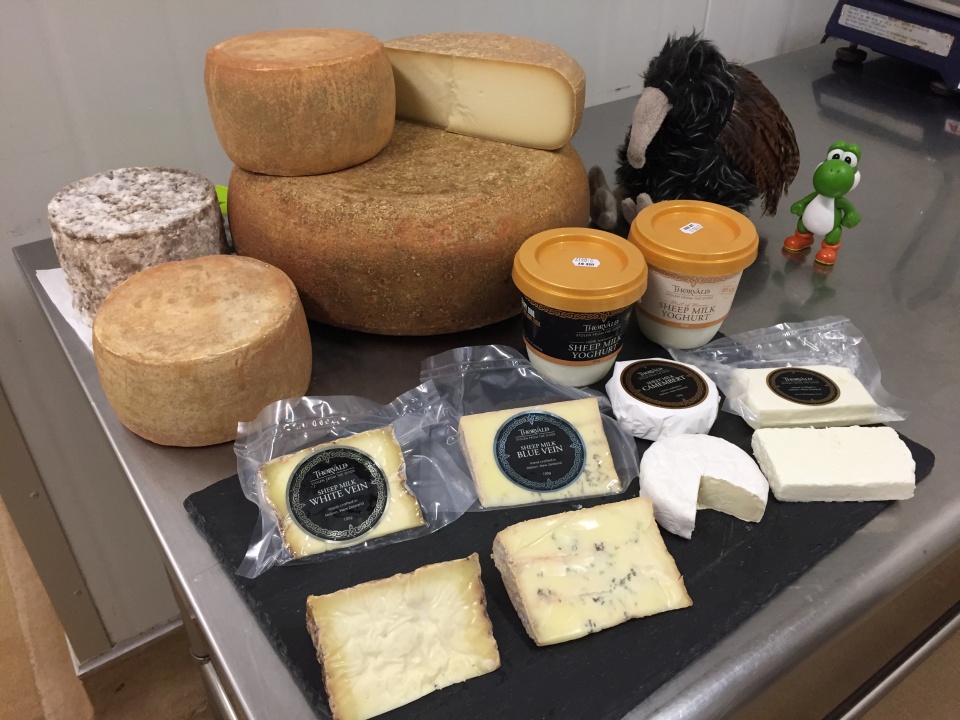
Time to taste some of the final products. Image: LEARNZ.
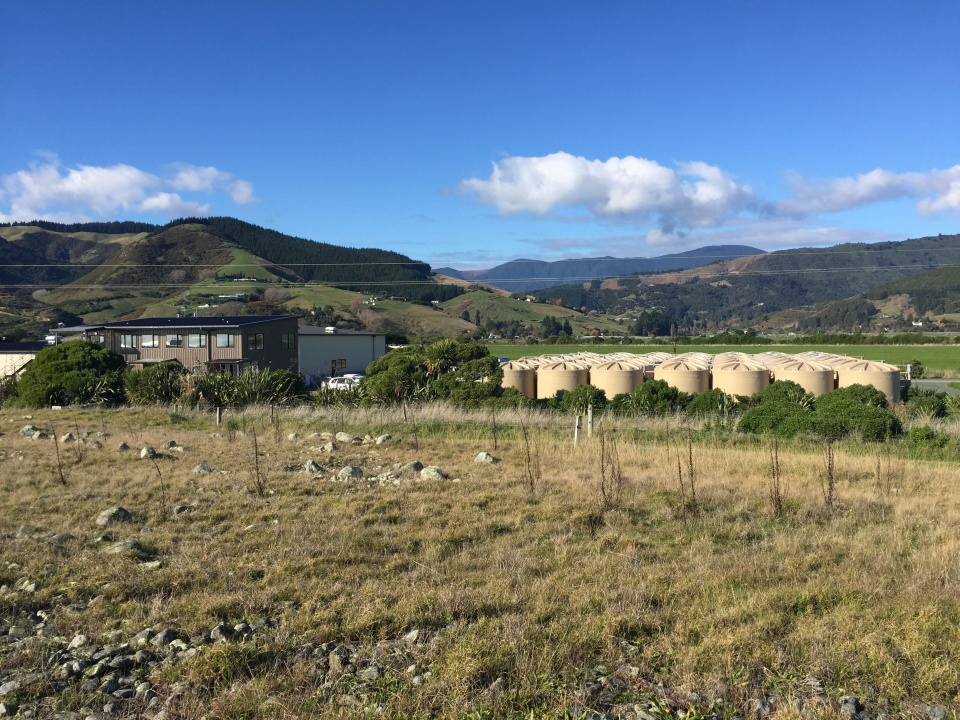
You began the day at SPATNZ mussel hatchery in Nelson. What does SPATNZ stand for? Image: LEARNZ.
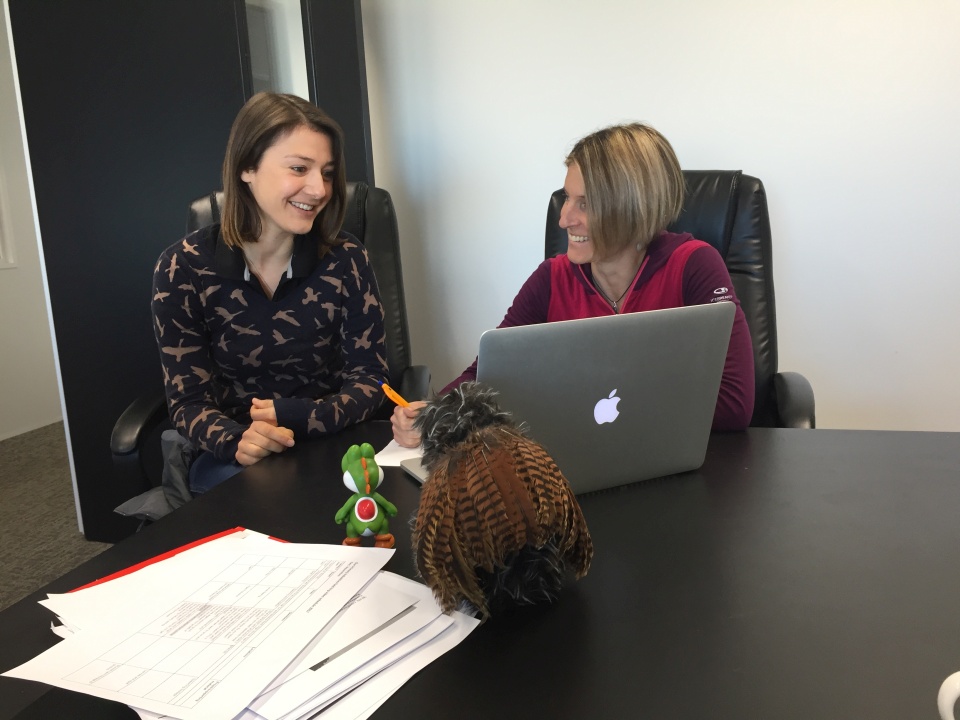
Sarah and Shelley talk to Shotover Primary School and Havelock North High School during the first web conference. Image: LEARNZ.
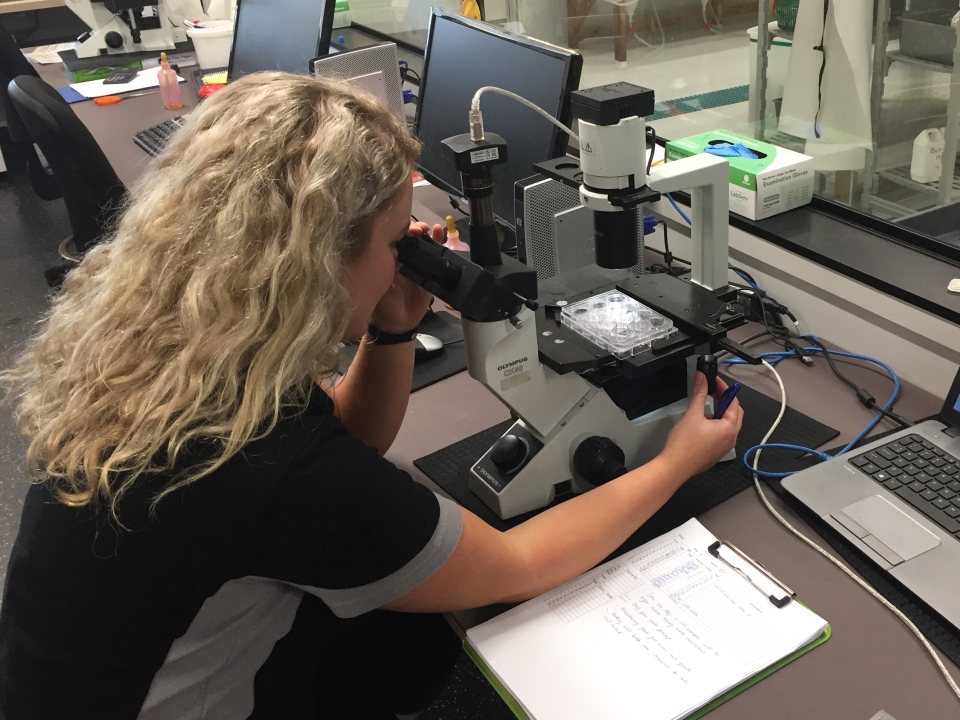
Hannah counts the number of mussel spat in a water sample. How do you think this number can be used to work out the number of spat in the tank? Image: LEARNZ.

Ellie shows Shelley where algae is grown to feed the mussel spat. Image: LEARNZ.

Mussels are grown in these settlement tanks for about four weeks before they are ready to send to the mussel farm. Image: LEARNZ.

Wiremu Weka and Alvin settle in for the flight from Dunedin to Christchurch. Image: LEARNZ.
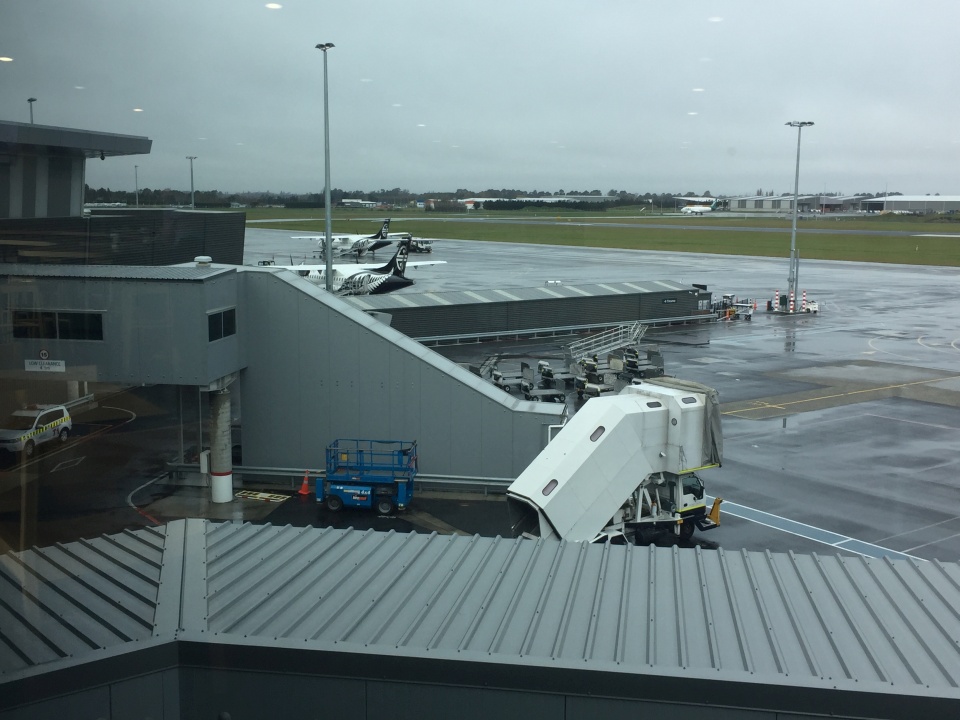
It was a grey, wet morning in Christchurch today. Image: LEARNZ.
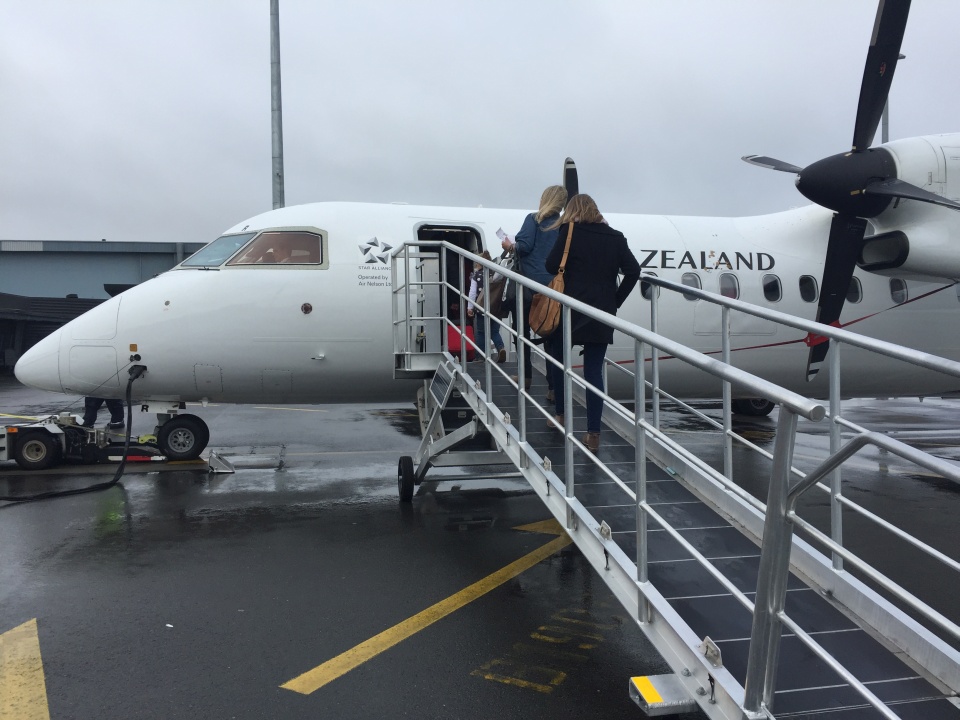
After a short stopover in Christchurch you were back on to a smaller plane bound for Nelson. How many kilometres is it from Dunedin to Nelson? Image: LEARNZ.
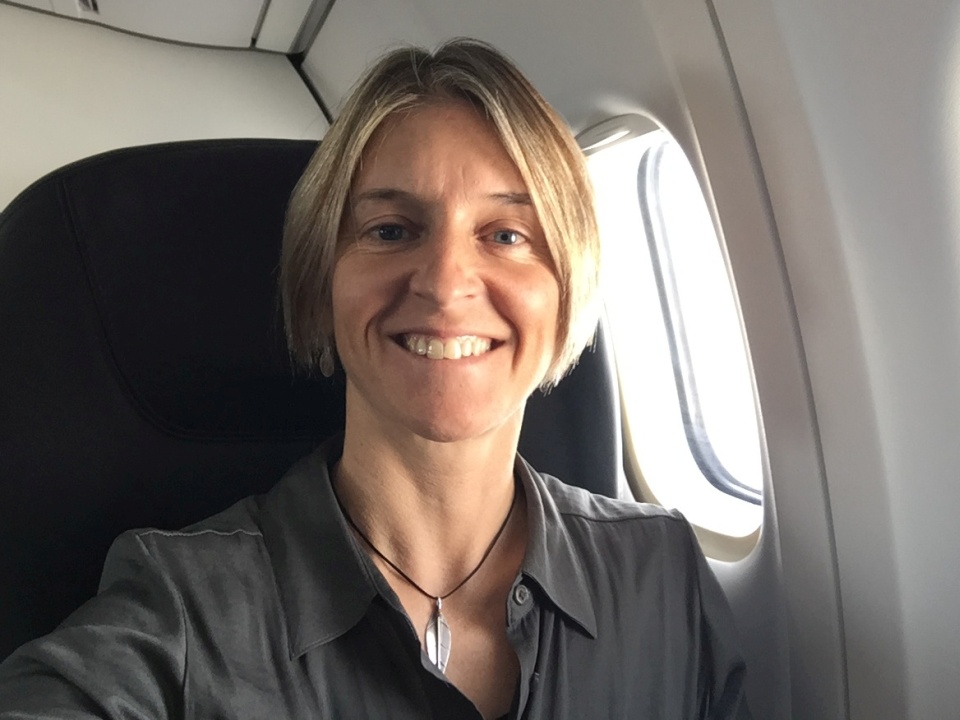
Shelley enjoys the flight from Christchurch to Nelson. Image: LEARNZ.
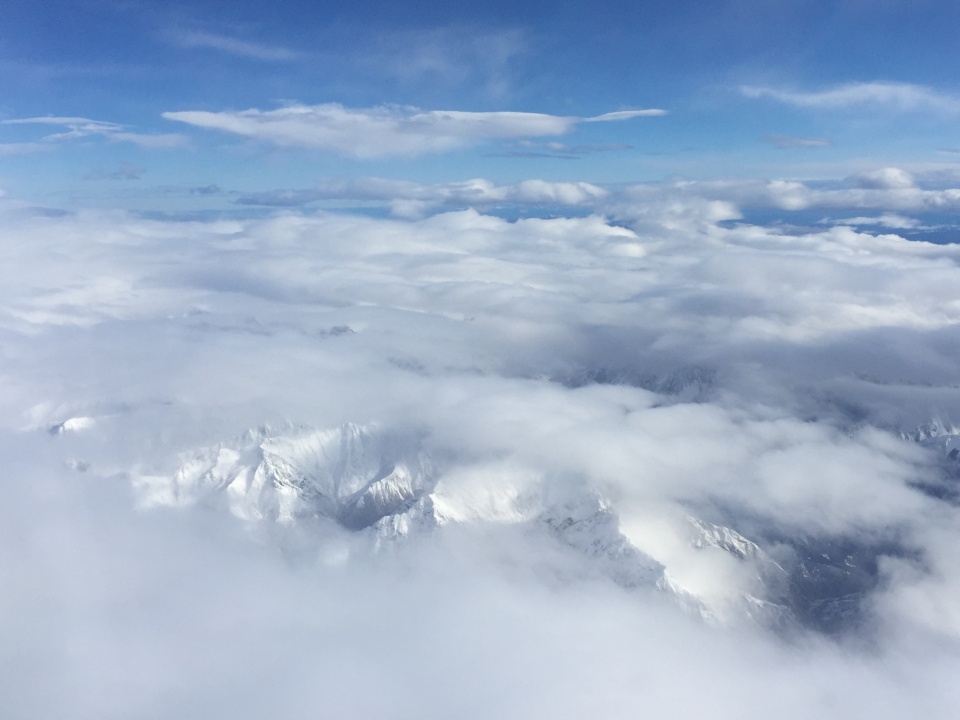
The cloud finally parted allowing you to see the mountains south of Nelson. Image: LEARNZ.
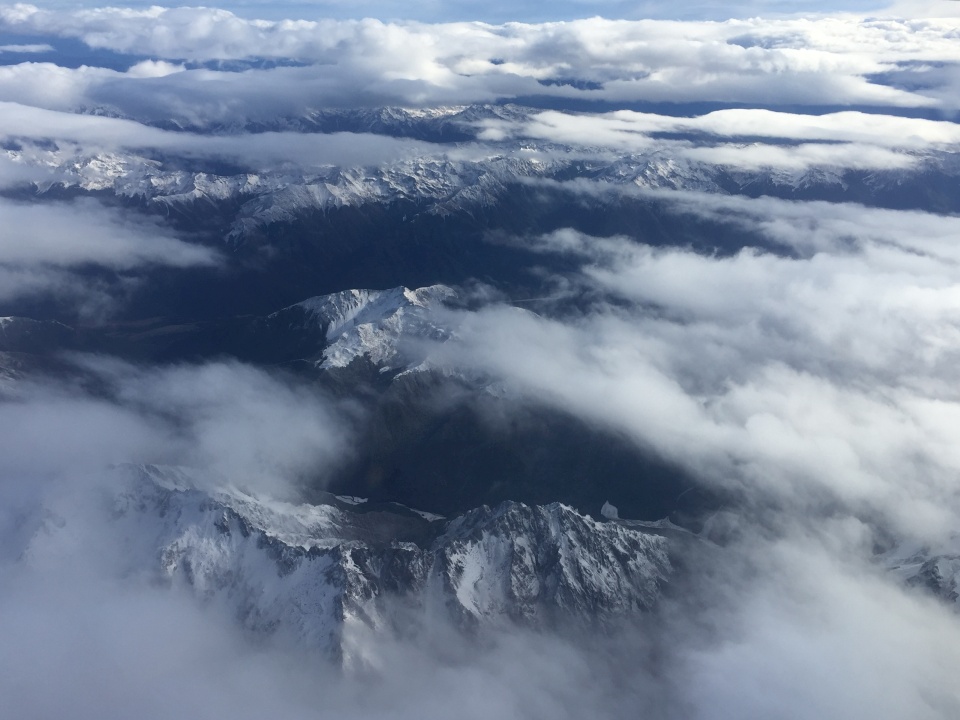
You could see a fresh dusting of snow on the hills near Nelson. Image: LEARNZ.
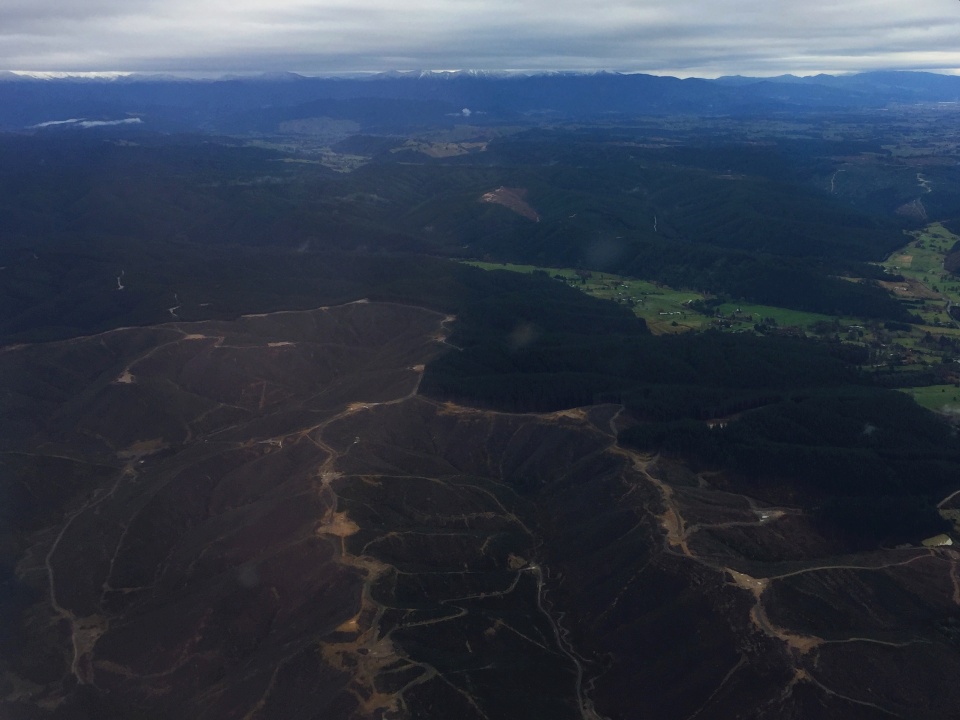
The hills surrounding Nelson are perfect for forestry. What type of forest can you see here? Image: LEARNZ.
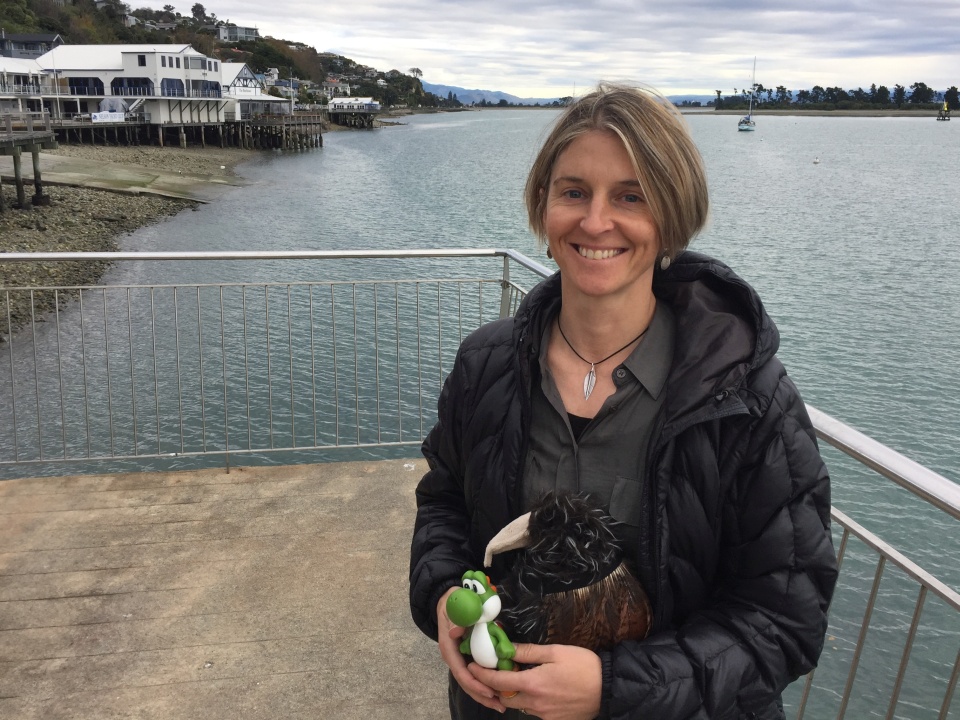
Shelley and the ambassadors take a look around Nelson. Image: LEARNZ.

Nelson Port operates 24/7 and is essential to many industries in the area. Why do you think the port is so important? Image: LEARNZ.